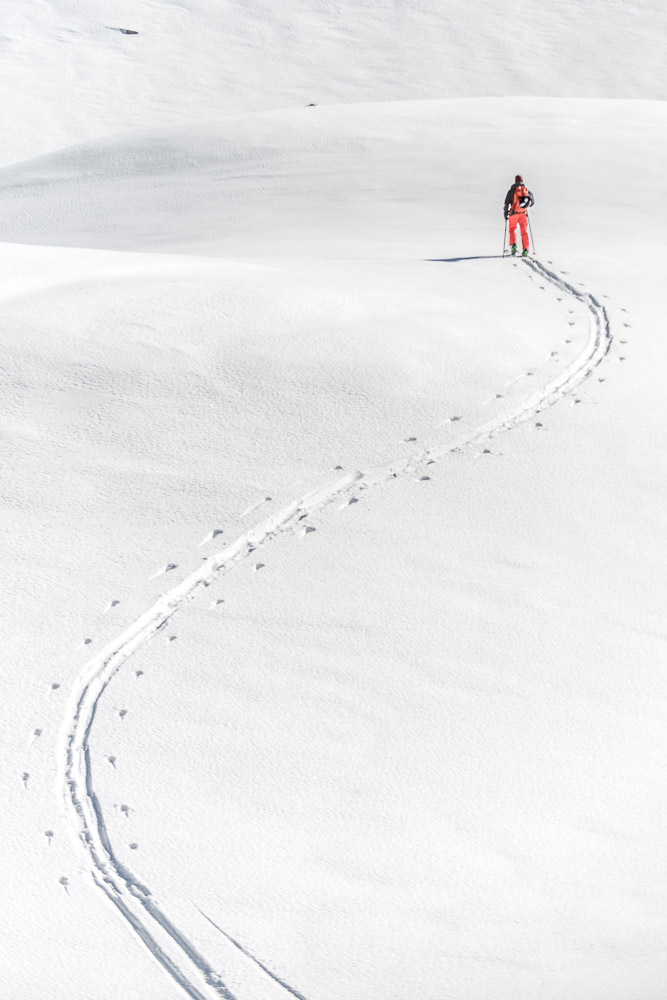Ben Sep 06, 2015
Intro to Photography Class
Better known as Reddit Photoclass
16 – Filters
Filters are another accessory often carried on location, but their usefulness can vary greatly. In short, they are a piece of glass with various optical properties which can be put in front of the lens to modify the image in certain ways. It should be noted that all filters will somewhat degrade image quality by adding another barrier to the light entering the lens. They will also increase flare problems (coloured rings formed when a bright light source – usually the sun – is close to or inside the frame). For these reasons, filters should be reserved to situations where they will make a real difference, and investment in good quality filters will pay off in better image quality.
Let’s review some of the common types of filters.
Clear filters are the simplest of them all: they are simply transparent glass. They are used to physically protect the front element of the lens but, unless you are very careless with your gear, should probably be reserved for situations where your lens has a good chance to get damaged: extreme sports, muddy terrain, etc.
UV filters are most often used as clear filters, simply for physical protection. Since they only block UV waves which are invisible to the eye, they appear to be transparent. Their UV blocking properties supposedly come into play for high altitude photography, where they should remove some of the annoying blue tint in shadows, but digital sensors as well as modern film has very little sensitivity to UV anymore. In my experience, they make absolutely no visible improvement to the image.
Polarizers are loved by many, especially in their circular form. When light bounces off a surface, its physical properties are slightly modified. A polarizer can filter light with such properties, which permits eliminating reflections, something which can be very useful if, for instance, you are shooting through a window or if your subject has a glossy screen. An interesting side-effect is that this filter will also darken the sky and somewhat increase contrast, which is often the real reason people use them. This, in my opinion, is less useful since it can easily be reproduced in post-processing.
You should consider using a polarizer if your scene has reflections you want to eliminate or if you want just a little bit of extra “pop” in your sky. Be aware that you will lose some light and that unless you use very high quality filters, image quality will also likely suffer.
ND filters (Neutral Density) are almost as simple as clear filters: they are simply darkening the image, reducing evenly the amount of light reaching the sensor. They are useful in a single situation: when you want very long exposure in daylight, usually for effects (see the previous lesson) but sometimes simply to allow a shallower depth of field in very bright situations.
Grad ND are similar to ND except that they have a gradient, usually linear: they are darker at the top than at the bottom. They are used for scenes which have too much contrast: usually, the sky is so bright and the foreground so dark that you can’t get an exposure with a histogram which doesn’t clip. A grad ND carefully used will allow you to darken the sky without modifying the foreground.
They have two main problems, though: they require a bulky and annoying external holder, as a screw-in would not allow positioning the gradient with enough freedom. The other problem is that relatively few scenes have a linear transition between areas you want to brighten and darken, which leads to imperfect, and in some cases artificial looking, results.
The main alternative is to use HDR, though you will have to work much harder in post-processing, doubly so if you want your images to appear realistic.
Finally, coloured filters modify white balance (see our next lesson). They were useful in the film days, where it was very difficult, if not impossible, to change white balance. With digital, however, it has become very easy and even, if you shoot raw, possible to do in post-processing without any quality loss. Warming and cooling filters are thus completely useless, except if you still shoot film.
Going further: There’s an excellent page on the subject by Thom Hogan.
4 Comments
-
-
Conclusions… all filters are useless?
-
Ꮇy spoude and I stumbled ver her different web page and thhought I might as well check things
out. Ι ⅼike what I see so now i’m following you. Looқ forward to looking into youг web page
for a second time. -
3i1pas



The link that says realistic is broken.